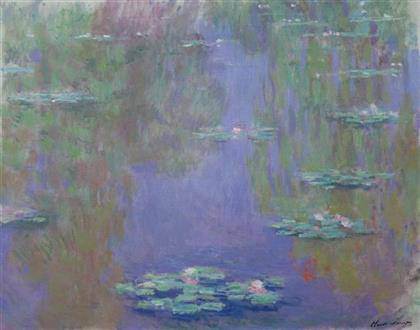
Ed Ruscha (American, born 1937).
Standard, Figueroa Street, Los Angeles, 1962.
Gelatin silver print print.
The J. Paul Getty Museum, Los Angeles. © Ed Ruscha
The Getty Museum presents ‘In Focus: Ed Ruscha’ ‘In Focus: Ed Ruscha’, on view at the J. Paul Getty Museum, at the Getty Center, April 9–September 29, 2013, offers a concentrated look at Ruscha’s deep engagement with Los Angeles’s vernacular architecture and the urban landscape.]]>
Source: J. Paul Getty Museum
One of the most influential American artists working today, Ed Ruscha moved to Los Angeles in 1956 and continues to live and work in the city, incorporating local architecture, streets, and even the city’s attitude into paintings, prints, drawings, and photographs that are known for their graphic directness. Beginning in the 1960s, he began publishing photobooks and using photographs to document thoroughfares in the Los Angeles area.
“Throughout his career, photography has played an important role in Ruscha’s exploration of the vernacular architecture, urban landscape, and car culture of Los Angeles,” commented Timothy Potts, director of the J. Paul Getty Museum. “By bringing together photographs from our collection and archival materials from the Getty Research Institute, we have been able to present a much richer understanding of Ruscha’s work and process.”
Highlighting an important joint acquisition of the artist’s work by the J. Paul Getty Museum and the Getty Research Institute in 2011, this exhibition features a selection of vintage prints related to “Twentysix Gasoline Stations” (1963) and “Some Los Angeles Apartments” (1965), the original camera-ready maquettes for “Every Building on the Sunset Strip” (1966), and contact sheets from this documentation of the “Pacific Coast Highway” (1974). The exhibition is co-curated by Virginia Heckert, curator in the Department of Photographs at the Getty Museum, and John Tain, assistant curator in Collection Development at the Getty Research Institute.
“Gas stations and apartment buildings are among the quintessentially Southern Californian motifs that feature in Ruscha’s work,” says Heckert. “The Getty Museum’s acquisition of photographs made in conjunction with his photo books of the early 1960s gives us the opportunity to share his enthusiasm for the logos, signage, and language that enliven even the most banal architecture.”
Related content
Ed Ruscha: ‘Apartments, Parking Lots, Palm Trees and Others’ (exhibition, 2010)
Follow us on:


